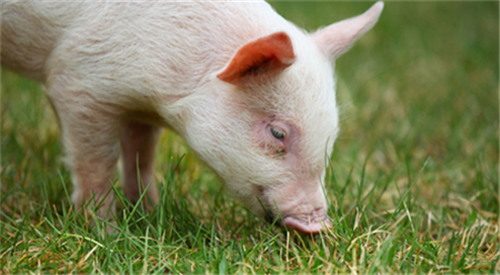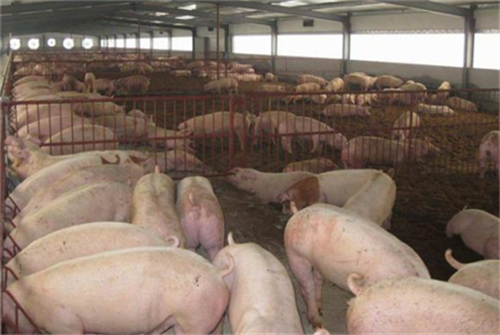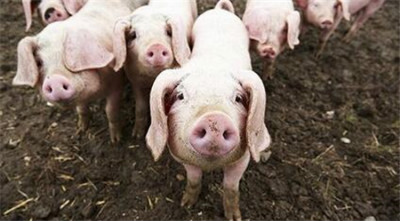Clinical diagnosis and treatment of common reproductive disorders in small and medium-sized pig farms (4)
3.2 strict introduction and quarantine to prevent the introduction of pathogens
Strict introduction and quarantine procedure is an important measure to prevent the introduction of main pathogens from breeding pigs into pig farms. Quarantine examination and approval procedures must be carried out at the animal epidemic prevention supervision agency for introduction in different places. Before introduction, the immunization procedures and epidemic situation of the breeding units should be carefully understood, and introduction to epidemic areas is strictly prohibited. After introduction, it should be observed and quarantined outside the field for at least 4 weeks, and relevant monitoring should be carried out. The results are negative and clinical observation is asymptomatic. Only after the vaccination produces immunity, can you enter the field for breeding. The immune antibody level of porcine reproductive disorder disease was detected regularly to eliminate and eliminate subclinical or recessive infection pigs as far as possible. Once suspicious sick pigs occur in the pig farm, if the disease cannot be diagnosed, the sick materials should be collected quickly or the untreated diseased pigs should be sent to the veterinary department for inspection and correct treatment after the diagnosis. The legally reported diseases must be reported to the competent veterinary department in accordance with the procedures, and the diseased animals and pollutants shall be treated innocuously in accordance with the relevant regulations to prevent the spread of pathogens.

3.3 strengthen feeding management
In the daily management of the pig farm, attention should be paid to improving the sanitary conditions of the pig house, regularly disinfecting the floor, walls, facilities and utensils of the pig house, maintaining air circulation and paying attention to the regulation of temperature and humidity in the house, fermenting or biogas treatment of the feces and urine of normal pigs, and incinerating the feces, milk, aborted fetuses, placentas, amniotic fluid and dead pigs of diseased pigs. At the same time, we should do a good job in mosquito control, rodent control, deworming, isolation and other work to prevent pathogens from spreading through vectors. In the process of feeding, the feed must be allocated reasonably according to the nutritional needs of breeding pigs, the pregnancy feed, lactation feed and suckling pig feed with good quality should be selected as far as possible, and attention should be paid to improving the nutrients such as vitamins and minerals in the diet to ensure the balance of restricted amino acids, especially lysine.
- Prev

Clinical diagnosis and treatment of common reproductive disorders in small and medium-sized pig farms (3)
Clinical diagnosis and treatment of common reproductive disorders in small and medium-sized pig farms (3)
- Next

Causes and treatment of allergy to pig vaccine?
Causes and treatment of allergy to pig vaccine?
Related
- On the eggshell is a badge full of pride. British Poultry Egg Market and Consumer observation
- British study: 72% of Britons are willing to buy native eggs raised by insects
- Guidelines for friendly egg production revised the increase of space in chicken sheds can not be forced to change feathers and lay eggs.
- Risk of delay in customs clearance Australia suspends lobster exports to China
- Pig semen-the Vector of virus Transmission (4)
- Pig semen-the Vector of virus Transmission (3)
- Five common causes of difficult control of classical swine fever in clinic and their countermeasures
- Foot-and-mouth disease is the most effective way to prevent it!
- PED is the number one killer of piglets and has to be guarded against in autumn and winter.
- What is "yellow fat pig"? Have you ever heard the pig collector talk about "yellow fat pig"?

